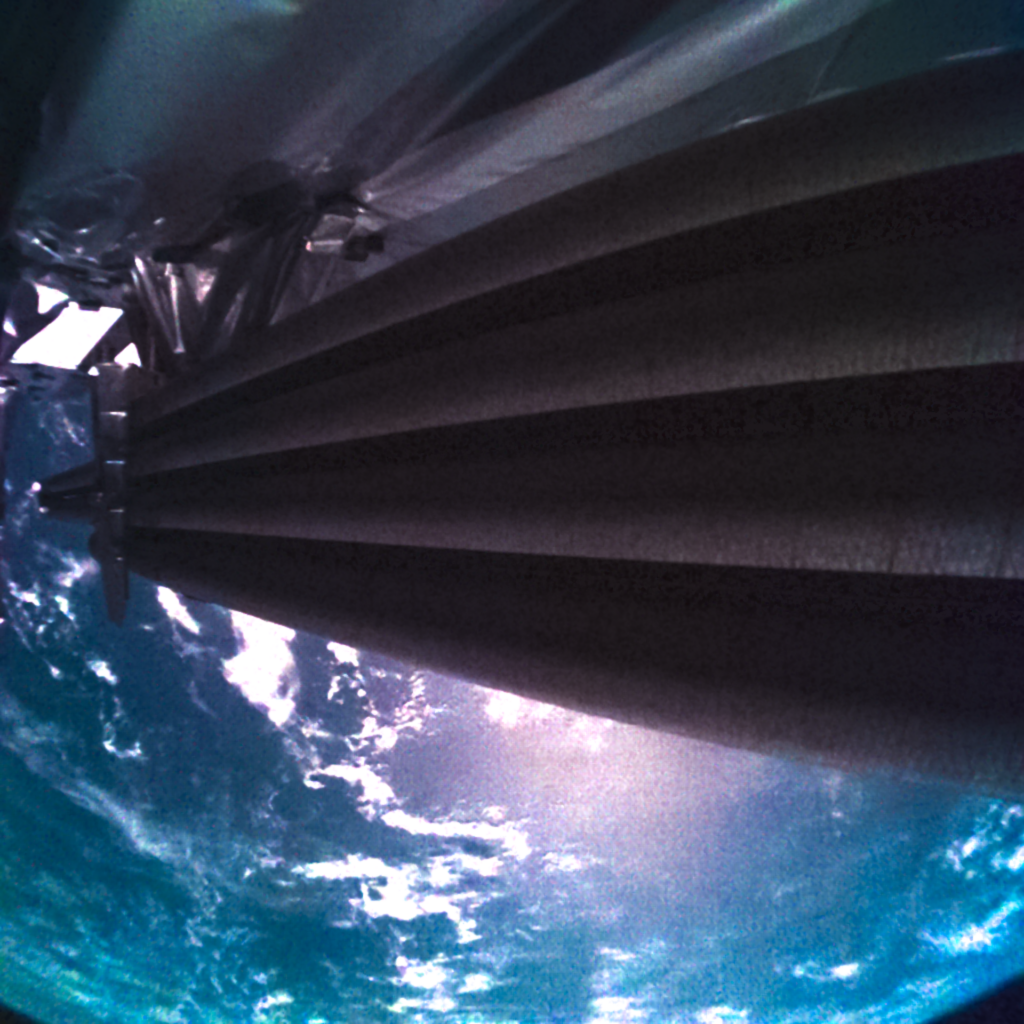The JUICE spacecraft had problems deploying the 16-meter RIME radar antenna. A message about this was published on the ESA website.

The JUICE system was launched on April 14. Its target is Europa, Ganymede, Callisto — three moons of Jupiter, under the icy surface of which giant oceans hide. To look into their depths, JUICE will use the RIME radar (Radar for Icy Moons Exploration). Thanks to its 16-meter antenna, this spacecraft will be able to scan the surface of the moons to a depth of up to 9 km with a vertical resolution of 30 meters.
Shortly after the launch of the device, ESA published pictures taken by a selfie camera mounted on the JUICE case, demonstrating the deployment of the RIME antenna. Unfortunately, this process did not go as well as experts expected. Despite the movement, JUICE failed to deploy the antenna. At the moment, it is revealed only by a third of the required length.

According to engineers, the further deployment of the antenna is most likely hindered by a tiny stuck pin. In this case, the fate of the spacecraft depends only on a few millimeters.
Currently, the mission’s specialists are working on a strategy of actions that will help to deploy the antenna. They include starting the engine to “shake” the spacecraft, followed by a series of rotations to warm up the radar (now it is in the shade).
In its message, ESA emphasizes that at the moment, JUICE is not in danger. The spacecraft successfully deployed solar panels, a communication antenna and a magnetometer rod. In the near future, engineers will start checking the operability of its devices. However, if they fail to deploy the radar antenna, it will deal a big shock to the scientific program of the mission, depriving scientists of a unique opportunity to look into the depths of the icy moons of Jupiter.
According to https://www.esa.int
Follow us on Twitter to get the most interesting space news in time
https://twitter.com/ust_magazine

